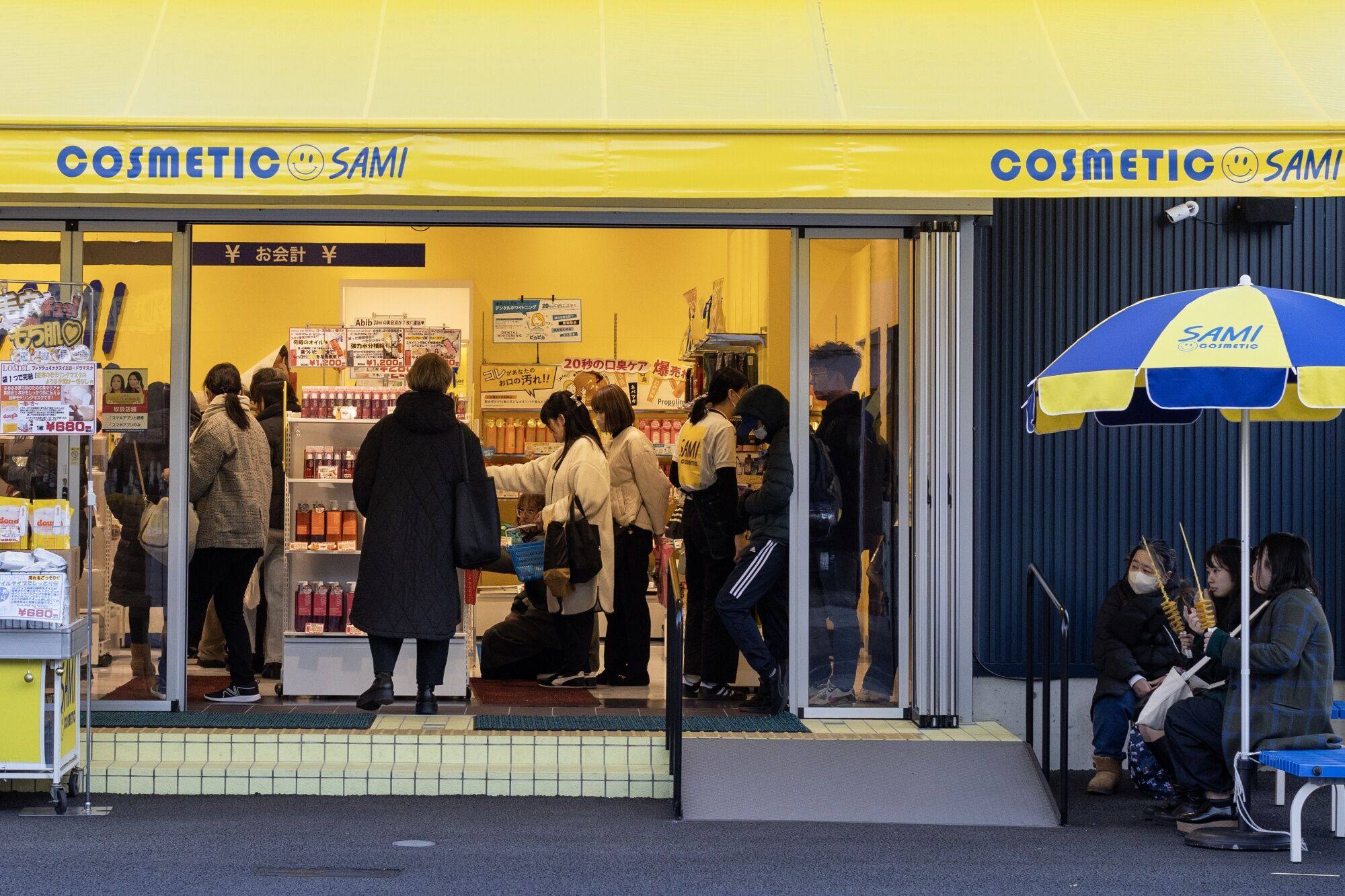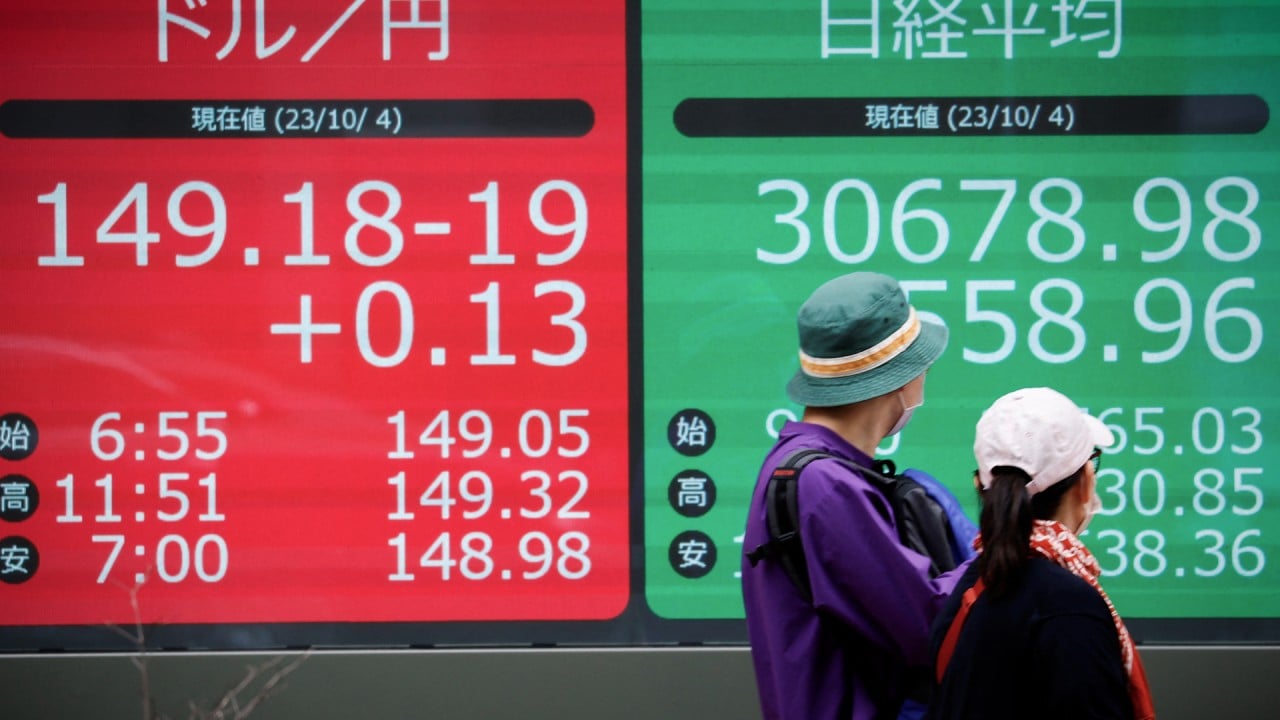Japan’s post-pandemic tourists splurge on crafts, jewellery as cosmetics lose shine amid absence of Chinese
[ad_1]
Average spending on traditional handicrafts per visitor was 13,338 yen (US$92) in the July-September quarter, up 80 per cent from the same period in 2019, according to the Japan Tourism Agency, extending a trend that started in early 2023. Sales of cosmetics shrank 30 per cent over the same time frame.
“I wanted something Japanese and found this store on the internet,” Daniel Forrester, visiting from New York, said as he paid 90,000 yen for a lacquered box at Traditional Crafts Aoyama Square. “I’m going to use this to store pens in my office.”
Asia’s airlines weigh the cost of China’s absent tourists
Asia’s airlines weigh the cost of China’s absent tourists
Duty-free sales at the shop during April through October are up about 20 per cent from pre-pandemic levels, according to Kazuhiko Asakawa, the store’s manager. On the shelves holding 7,000 to 8,000 items are iron kettles, ceramics and other handmade merchandise. “We’re seeing more travellers from places such as Mexico, Brazil and Poland since around the end of 2022,” he said.
Chinese tourists now make up about 10 per cent of the total number of visitors, compared with 30 per cent in 2019, according to the Japan National Tourism Organisation. Travellers from the US, Canada, Germany and other countries, meanwhile, have increased.
Some product categories are enjoying a boom, thanks to the changing tourism demographics. Ito-ya Ltd., which operates a storied shop in Ginza selling pens, notebooks and other stationery, has seen duty-free sales more than double from before the pandemic. Many customers discover the store the via social media, according to manager Atsushi Fujiki. “We seem to be becoming a destination,” he said.
Sinduja Venkat, who was recently visiting from India with her family, was among the shoppers at Ito-ya looking at pens, sketchbooks and other products. “I want to buy stationery for my children to use at school,” she said.
Despite the growth of consumption by tourists in Japan, the country still lags behind others in the region when it comes to total spending per visitor, which stood at US$2,411 in 2022, according to the UN World Tourism Organisation. That compares with US$5,524 per tourist in Hong Kong and US$6,526 in Australia, which stands at the top of the list.
“Japan is losing ground to other countries when it comes to entertainment and services,” said Noriko Yagasaki, professor at Tokyo Woman’s Christian University. There’s a lack of guides who can accompany tourists, with demand outstripping labour supply, she said.
Spending by visitors can be boosted by focusing not just on selling goods, but providing experiences, Yagasaki said.

Even if spending remains low, there’s also the view that more tourists will help lift economic activity anyway. But that is also difficult, given the labour shortage in the industry. The Japanese inn and hotel sector reported the highest-ever level of staffing shortages, according to an October survey by Teikoku Databank.
“While the number of visitors is important, it could become unmanageable,” Yagasaki said. “There’s a need to focus on improving the quality of services in the coming years.”
[ad_2]
Source link


